Azalea
Azalea does not like overflowing water, but at the same time it needs regular watering and does not tolerate drying out of the soil. It blooms only at a temperature of 10-15 degrees Celsius.
This beauty is demanding on air humidity. Dry air often causes flowers, buds and leaves to fall off the plant.
Cypress
Ephedra, which include cypress, prefer coolness and good ventilation. In a dry and hot room, the needles begin to turn yellow and crumble.
Conifers should be placed on the coolest windowsill out of direct sunlight. They do not like to be disturbed and rearranged unnecessarily. In summer, they feel good at + 20-25 ° C, in winter - at 10-15 degrees.
Camellia
For camellias, the constant presence of intense daylight is of paramount importance. With its lack, the plant loses its buds. Also camellia is picky about temperature and humidity.
During flowering, she needs a temperature not higher than 10-12 ° C. The plant requires constant ventilation and high humidity. Waterlogging or drying out of the earthen coma should not be allowed.
After the buds appear, it is undesirable to move the plant - this can cause them to fall off.
Indoor rose
Poorly tolerates dry and hot air that forms in the apartment during the heating season. After flowering, the rose needs a dormant period, during which it is necessary to provide the plant with coolness (the air temperature should be between 10-15 ° C).
In summer, the plant prefers open air or a shady spot in the garden. And in the fall, rose bushes need competent pruning and maintenance until spring in a cool room.
A rose has a weak immunity to a spider mite, and if it starts up on a plant, then it is difficult to get rid of it.
Cyclamen or alpine violet
Prefers keeping it cool, especially during flowering. Watering must be done very carefully. If water accumulates in the tubers of the plant, it can rot. This will lead to the death of the culture.
Experienced flower growers advise watering the cyclamen through the pallet. After flowering, the plant needs rest - it sheds foliage and flowers, bare roots remain. During the rest period, watering is reduced, but not stopped.
Fuchsia
During the flowering period, it is advisable not to disturb fuchsia or rearrange it from place to place - flowers and buds are fragile and can fall off from touch. In summer, the plant needs abundant watering. Fuchsia prefers moderate (up to 20 °) air temperature and bright, but diffused light.
After flowering, the plant begins a resting phase. During this time, the fuchsia should be removed to a cool, dark room.
Phalaenopsis orchid
Requires watering by immersing the pot in water, special fertilizers and special soil, which includes pine bark, sphagnum moss, charcoal.Orchid potting mix is available at flower shops.
Phalaenopsis pots must be transparent.
The orchid needs intense diffused light for 10-15 hours. Additional lighting may be needed in winter.
In summer it prefers a temperature of about 20 ° C, in winter - about 16 degrees.
Diplomatic property or Mandeville
Climbing houseplants with luxurious bright flowers. If not trimmed, it can reach several meters in length. Requires sufficient and diffused lighting, abundant watering during the growing season.
Does not tolerate drying out of the earth in a pot. Since the plant contains poison in all its parts, it should be looked after with gloves.
Ficus Benjamin
In order for the plant not to shed its abundant foliage, many requirements must be met: the air must be humid, the temperature must be within 17-23 degrees, moderate watering, the water must be soft. Poorly tolerates drafts and any movement of the pot (even turns).
Mandarin
This plant needs to be provided with adequate lighting and a temperature of at least 18 ° C. Room humidity should be at least 70%. Needs abundant and regular watering, but the surface of the earth should dry out periodically.
The main rule is before buying a plant you like, pay attention not only to its appearance, but also be sure to look at its features in care. This will save you from unnecessary spending and frustration. If you are ready to create the necessary conditions for a special plant, then get a new pet.

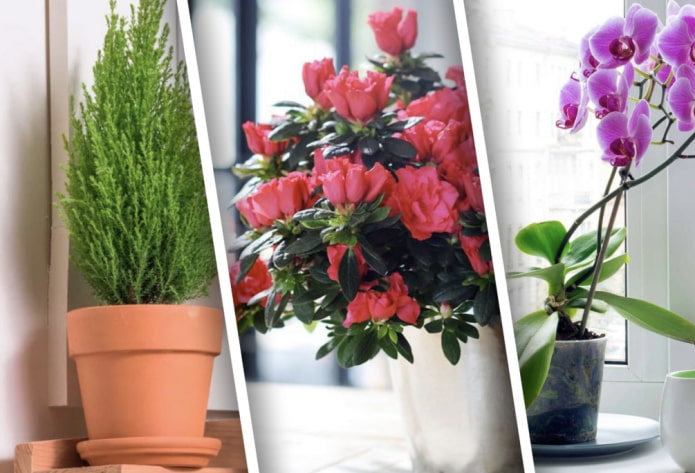
 10 practical tips for arranging a small kitchen in the country
10 practical tips for arranging a small kitchen in the country
 12 simple ideas for a small garden that will make it visually spacious
12 simple ideas for a small garden that will make it visually spacious
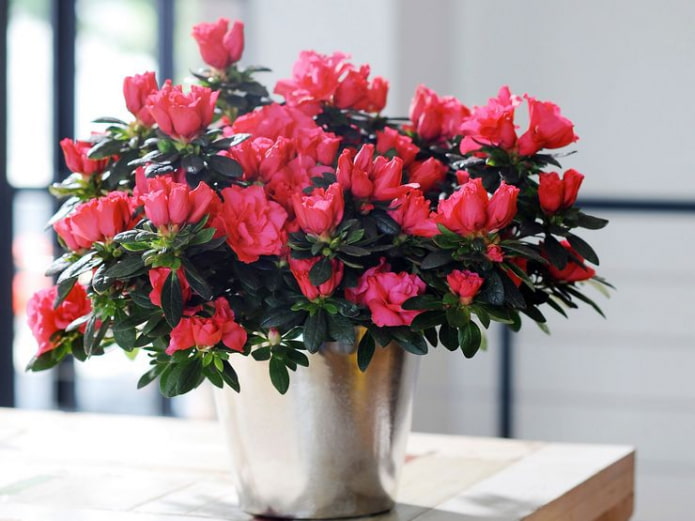
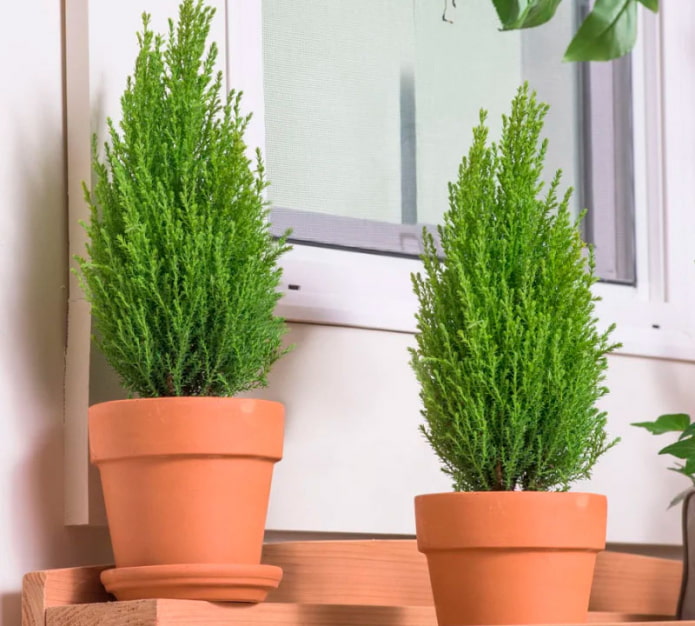
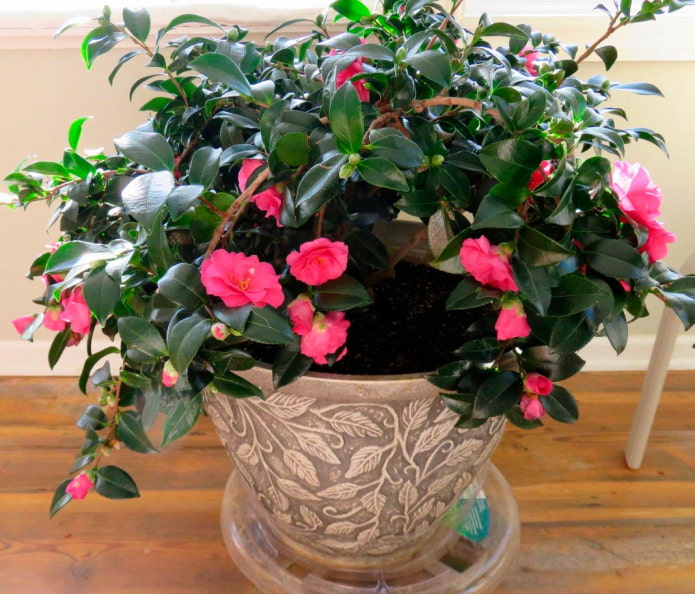
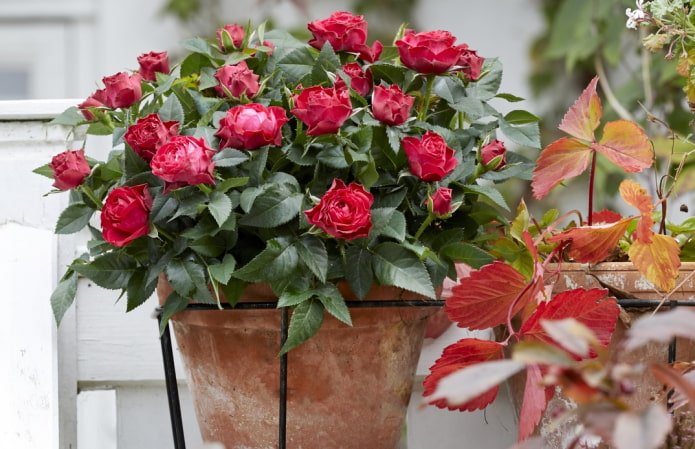
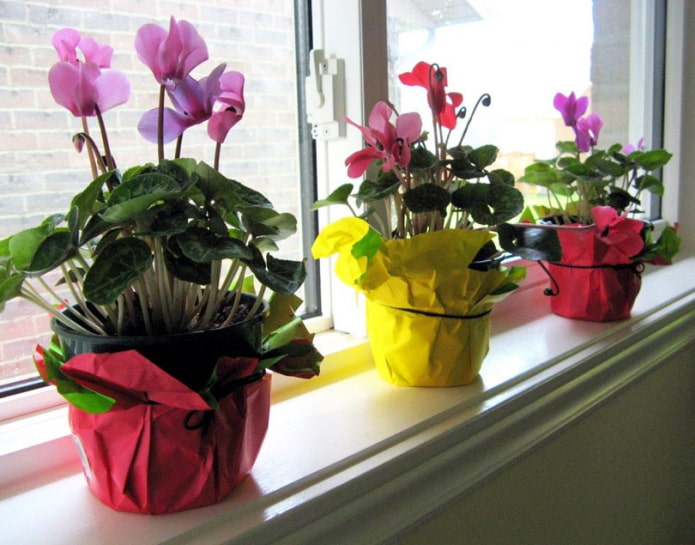
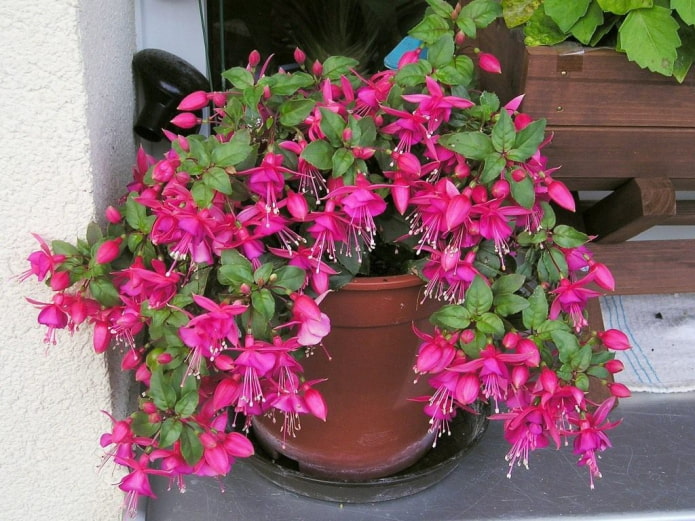

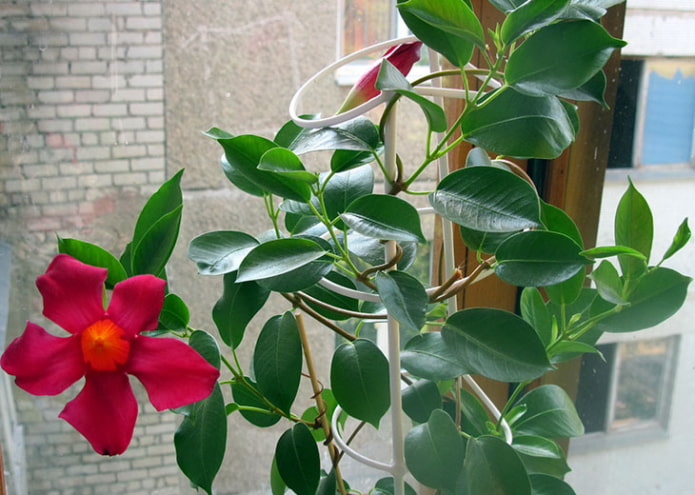
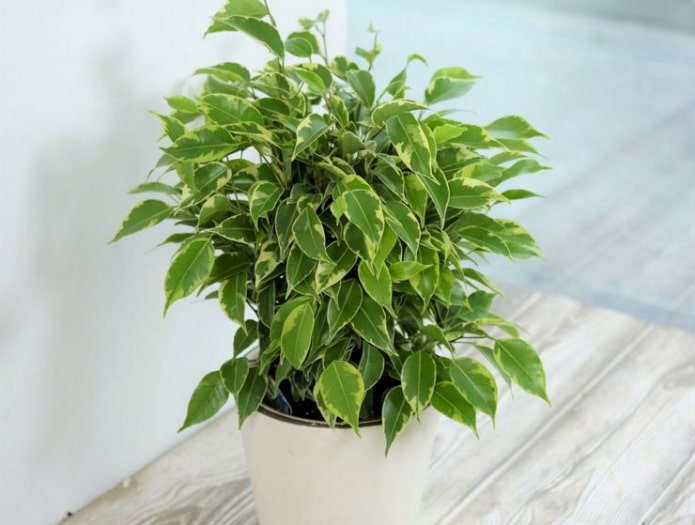
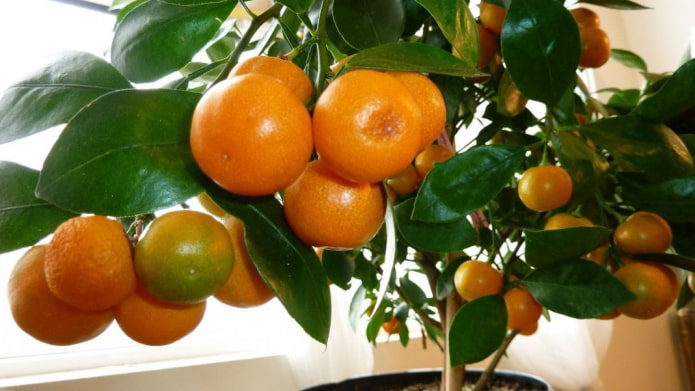

 13 bad habits a good housewife shouldn't have
13 bad habits a good housewife shouldn't have 24/7 home cleanliness - 4 secrets for the perfect housewife
24/7 home cleanliness - 4 secrets for the perfect housewife 6 hotels in Sochi that will give odds to the promoted foreign hotels
6 hotels in Sochi that will give odds to the promoted foreign hotels Top 10 interior design trends 2020
Top 10 interior design trends 2020 Rating of cheap TVs with Smart-TV
Rating of cheap TVs with Smart-TV New Year's LED garlands on AliExpress - we disassemble while it's hot, so that it's bright at home
New Year's LED garlands on AliExpress - we disassemble while it's hot, so that it's bright at home